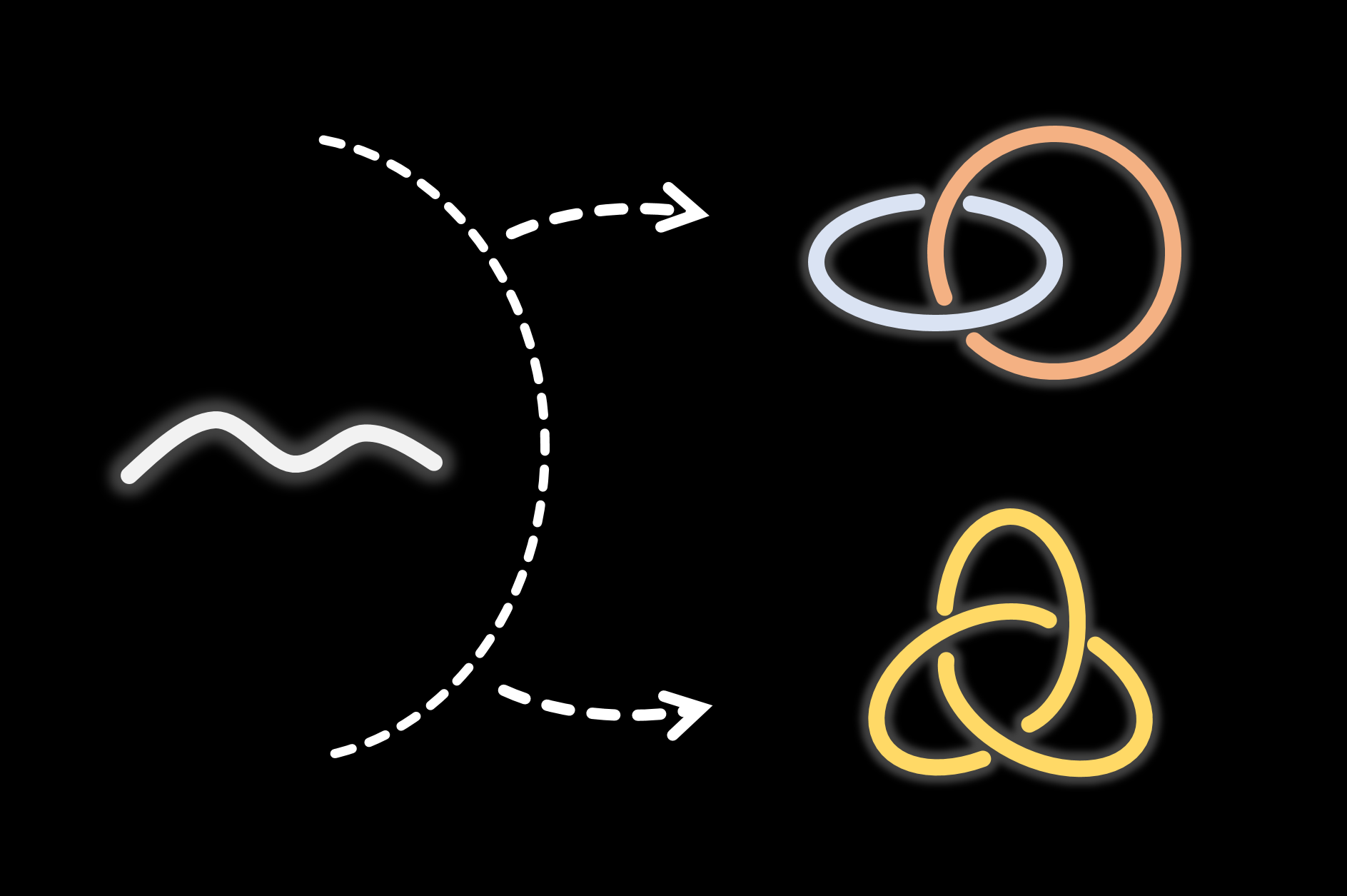


Chemical topology refers to the space relationship and connection
relationship between atoms or chain segments under continuous
deformation without breaking covalent bonds.
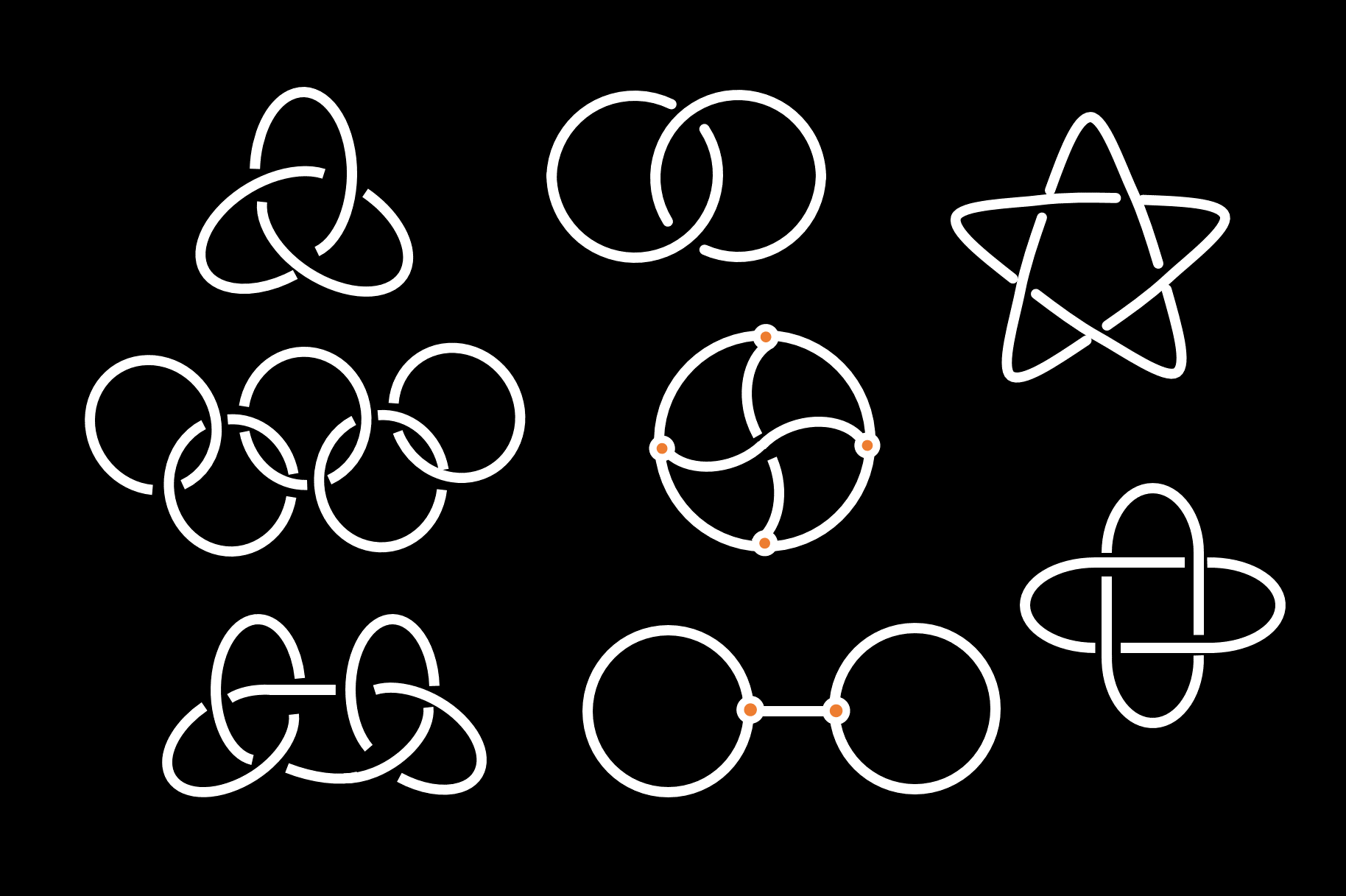
Rational design of protein is based on protein structure. Through some reasonable engineering, the original structure of protein is redesigned to bring them improved properties or completely new functions.
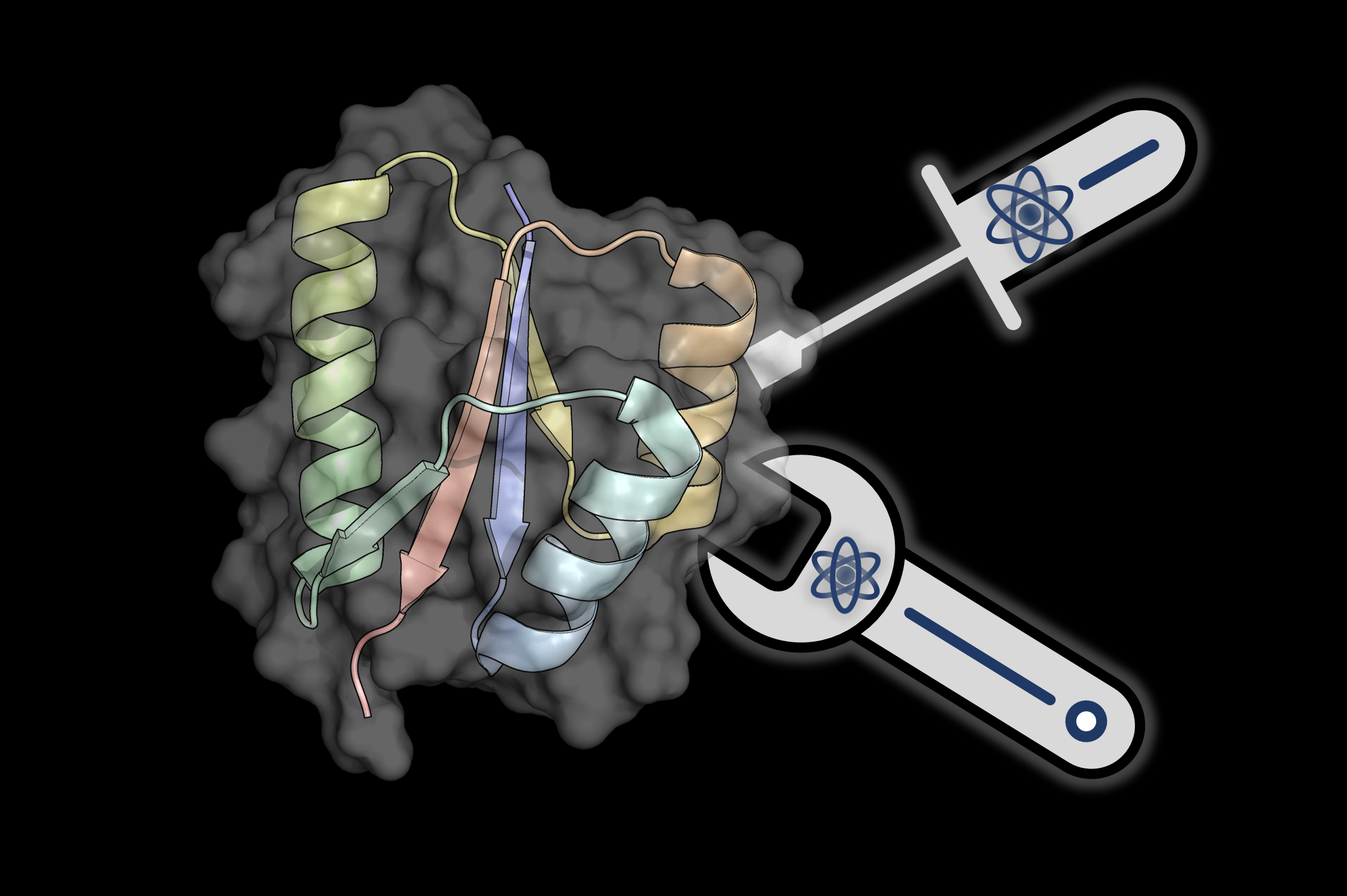
A core element of chemical topology is unique spatial relationships. Some proteins can form entanglements during the folding process which are key precursors to synthesis topological proteins.
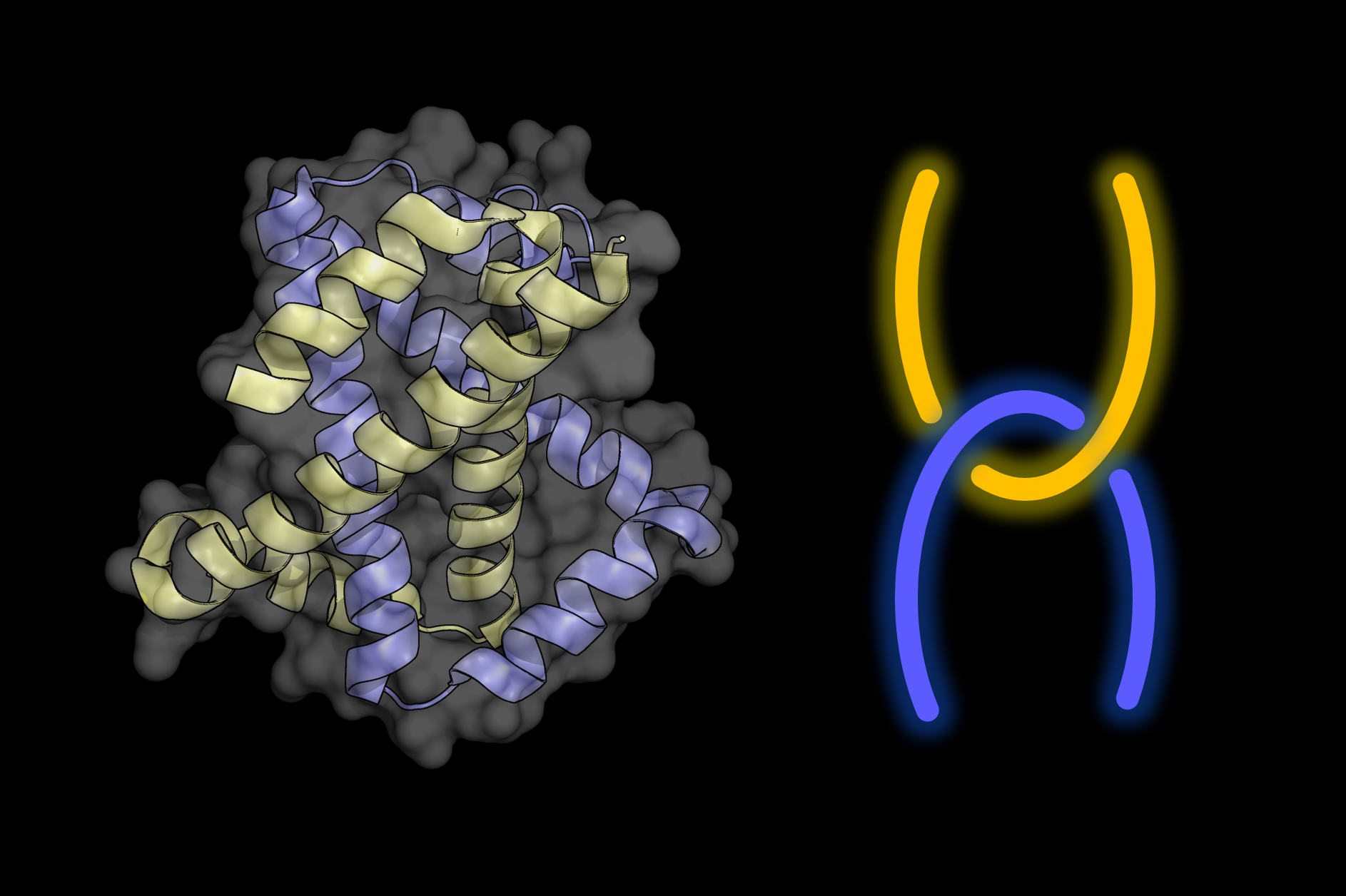
Another key element in chemical topology is connectivity. Protein coupling tools provide effective ligation for topological engineering. They are necessary for creating connectivity in the synthesis of topological proteins.
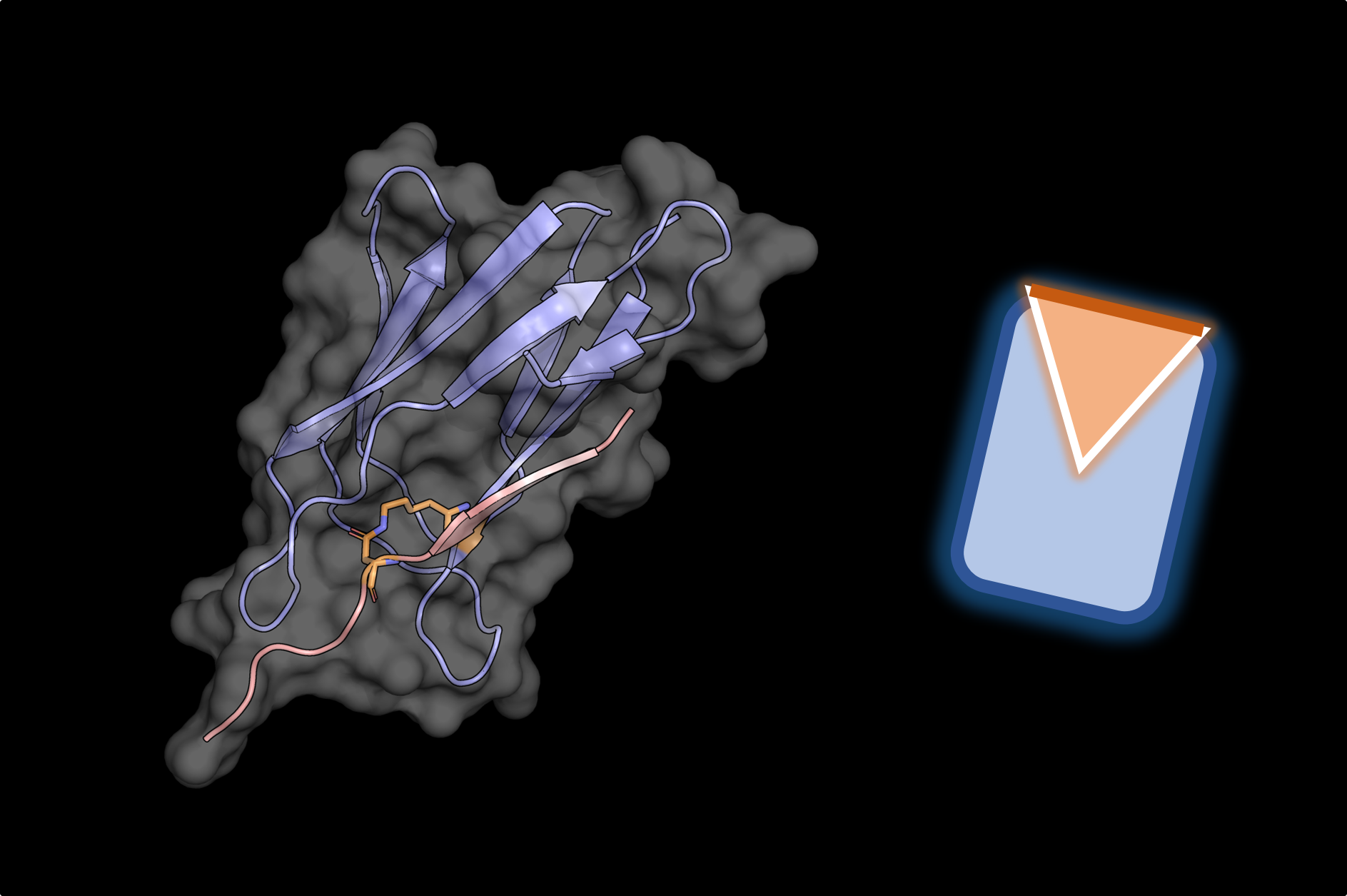
Through rational design, natural linear protein could be converted into corresponding topological variants. The transformation brings protein more functional benefits.
